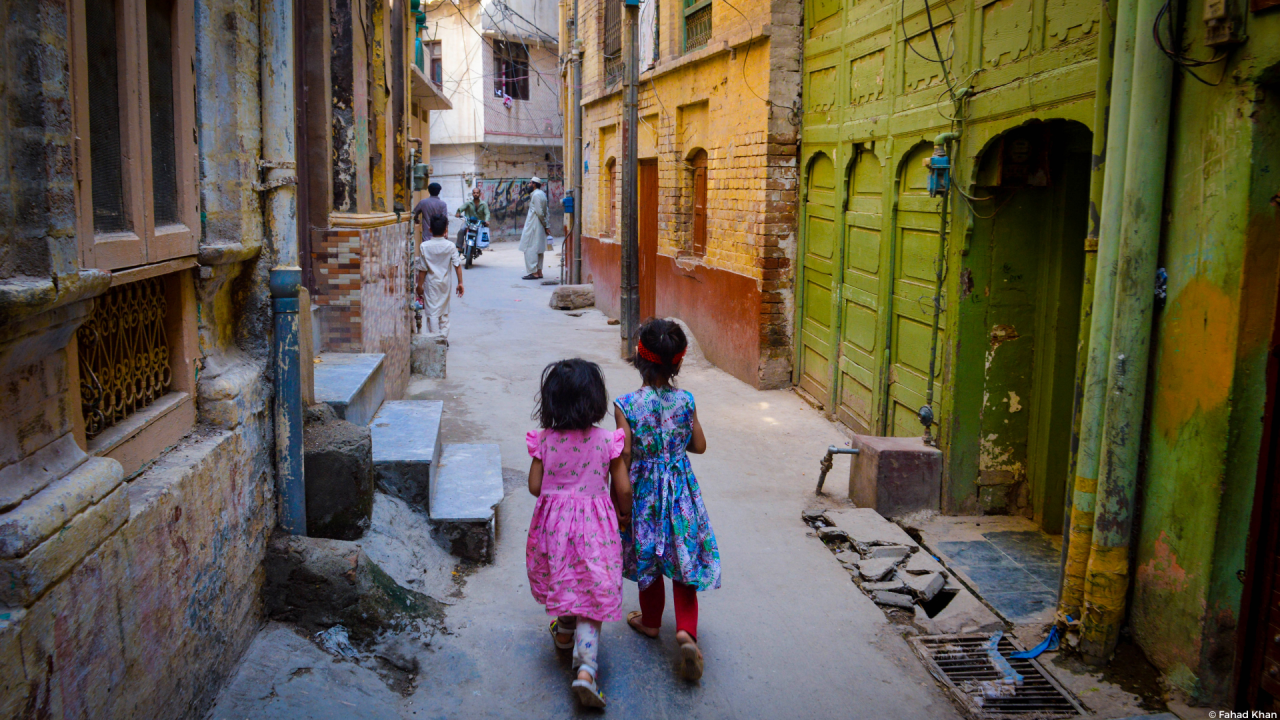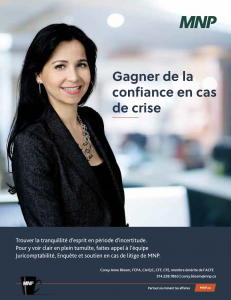Where do the Silk Roads lead to?

First coined in the 19th century, the term « Silk Road » refers to a much more ancient reality, dating back to the first exchanges between China and the Roman Empire. Beyond their purely commercial dimension, these maritime and land routes, which enabled the spread of ideas, knowledge and religions, remain an invaluable source of exchange and cooperation.
By Peter Frankopan
Usually attributed to the German geographer Baron Ferdinand von Richthofen, the term “Silk Roads” – or Seidenstraße – was used in the 19th century by German historians and geographers exploring connections that existed two millennia ago between the Mediterranean area during the Roman Empire and the Han Dynasty China. Silk caught the imagination of scholars because it was (and is) a luxury product that was easily transportable – and worn in imperial Rome.
Although silk was popular in the Roman Empire, some disapproved: Seneca, a Stoic philosopher of Ancient Rome, felt that the material was too revealing and exposed too much of the female body; some others, like Pliny, thought that Romans should not spend their money on extravagances; others still complained that buying goods from outside the empire fuelled the economies of others, to the detriment of Rome.
In fact, connections between Rome and China two thousand years ago were modest. This comes as no surprise; these two worlds were separated by a great distance and by many other empires, peoples and cultures.
For some contemporary scholars, the fact that the foundational concept of the Silk Roads was centred on linking two parallel empires and omitting all others is problematic – as is the fact that the label was coined by European scholars. In other words, the world is being described and seen in different ways in today’s age of decolonization.
A wide and interconnected world
In the end the Silk Roads is in many ways a much more flexible, nuanced and useful term than many other names and labels. It is best employed as a term centred on exchanges, dialogues and interactions, rather than as a mere geographic term that excludes.
In the popular imagination, the Silk Roads often means an exotic holiday that takes in parts of China, Uzbekistan, Kyrgyzstan, Tajikistan, Kazakhstan and Turkmenistan. The reality, however, is that a much wider area can be included within the umbrella of this label.
It is impossible to write about the history of religions, including Christianity, Islam and Buddhism for example, without considering how these spread into South and South-East Asia, as well as into the Middle East, the Gulf, North Africa and far beyond.
Likewise, it is impossible to think about the spread of knowledge and technologies – from the diffusion of crops to the ways that metallurgical techniques were introduced, adopted, adapted and improved – without linking the nomadic peoples and the world of the steppes with the cities and towns of territories and peoples who connected Asia, Africa and Europe.
It is intellectually strange to think of the Silk Roads as a set of connections limited only to land routes, and to distinguish these from maritime lanes that joined coastal regions not only to each other in the Gulf, Indian Ocean and on into the East and South China Sea, but also to locations in the interior.
Hence, some scholars, including myself, believe the Silk Roads should be considered without limits and as inclusively as possible. Rather than viewing the “Middle East” or “South Asia” (to name just a few) as distinct regions from each other and from other places, it is far preferable to see them as connected via a complex series of exchanges.
Multiple motors of exchange
While expensive textiles and objects still capture the eye of modern commentators, the Silk Roads extend far beyond silk. For some historians, the most important motors of exchange were economic and commercial: people travelled to trade with each other, and as such, goods and products that were rare or unusual were valued highly – such as silk or ceramics; or aromatics like frankincense; or even highly prized foods and fruits, such as the “golden peaches of Samarkand”. Indeed, there are guide books written in many languages, locations and periods advising people where to buy the tastiest foods at the best prices.
« For the rulers of the empires built along the Silk Roads, fostering tolerance and diversity was not just a sign of enlightenment; it was also good business practice »
Trade provided rewards for those able to either produce or tax goods. Many rulers understood that finding the right balance between revenue generation and stifling business was important. Among the most enlightened were the Mongols, who built a vast empire that stretched from the Pacific to the Black Sea and Mediterranean. Often depicted as savage conquerors, the Mongols were supremely gifted administrators of territories and lands across different climates and terrains. They were also able to incorporate peoples of many different languages and faiths. As with the Arab caliphates, the Mughals in India, the Safavids in Persia or the Ottomans (whose empire straddled Asia, Africa and Europe), fostering tolerance and diversity was not just a sign of enlightenment; it was also good business practice.
However, there were many other motors that drove exchange along the Silk Roads. One of the most important was that of religion and faith. Sometimes this took place through efforts to introduce new beliefs either through inspiration, through inducement or through force. Sometimes, though, monks, priests and others journeyed to faraway lands to listen, learn and see for themselves. This was the case with the celebrated Chinese monk Xuanzang in the 7th century, who made an epic journey through China’s Xinjiang to Central Asia, India and Sri Lanka and then homewards.
« The expeditions of Marco Polo in the 13th century and Ibn Battuta in the 14th century serve as perfect examples of what the Silk Roads represent: networks along which to travel, learn, inform and exchange »
There were also travellers who undertook long expeditions, sometimes as part of diplomatic missions, sometimes simply to learn about people living far away. The most famous of these, Marco Polo and Ibn Battuta, serve as perfect examples of what the Silk Roads represent: networks along which to travel, learn, inform and exchange.
Of course, as the recent pandemic has reminded us all, travel and trade routes can also bring unwanted results. Disease is a deep-rooted theme of global history in general and of the Silk Roads in particular. Two of the most deadly pandemics – the plague of Justinian of the 6thcentury and the Black Death eight hundred years later – spread along networks that had brought people closer together. In both cases, the death toll was catastrophic, likely measuring in the millions. Recent advances in the ways we can assess the genomic sequence of both outbreaks has led to new insights into how, where and why the disease caught hold – with climate factors likely playing a significant role.
A geopolitical hotspot
The Silk Roads took on a new and different resonance in the modern era, where it became short-hand for rivalry between a new set of imperial powers, above all in Central Asia. While some scholars think that the rivalries that played out between Russia and Great Britain in the 19th century in the heart of Asia can be easily exaggerated, they proved very influential for thinkers at the time. Around a hundred years ago Halford Mackinder, a British political geographer, proposed what later became known as the “Heartland Theory”, an idea that whoever controlled the centre of the Eurasian landmass would prove to be politically, economically and militarily dominant.
That idea has its own limitations; but it has proved influential in the era that has followed the end of the Cold War, where the Silk Roads have once again captured the imagination of the public as well as policy planners across the globe. One reason for that is that around two thirds of the population of the world live to the east of Istanbul, a region that also produces most of the world’s oil and gas, as well as a significant proportion of its wheat and rice. What happens in this wide area is therefore of major geopolitical significance – not least given the growing ambitions of many of the states of this region.
The shift in opportunity and potential was a core part of the announcement of China’s Belt and Road Initiative in Astana in September 2013. This was presented by President Xi Jinping as a means of encouraging greater levels of exchange and interaction, not only across Asia but beyond too, something that was backed up with massive investment into a wide range of projects, ranging from power plants in Bishkek (Kyrgyzstan) to ports in Pakistan, Sri Lanka and Greece to railways in Ethiopia. The Belt and Road Initiative, like the Silk Roads themselves, has evolved over time, and so have global perceptions of it.
The Silk Roads can help us understand today’s dynamics from a wider historical perspective. A historian will always evoke how much can be gained by studying the richness of the past, looking at how past cultures and civilizations flourished (or failed). A historian can also point out that these networks, which play such a central role in global history, are an important source of cooperation and collaboration for the present and the future.
And that, of course, is why the UNESCO Silk Roads project is so significant: by preserving, promoting and fostering ideas about dialogue and exchange, and reminding how crucial those have been in the past, the project helps encourage study, discussion and collaboration between peoples in an age where that has never been more important – and moreover, one where they are becoming increasingly rare.
On the occasion of the 35th anniversary of the UNESCO Silk Roads Programme, we want to highlight Peter Frankopan’s extensive research in the Eurasian trade route network. This article was originally published on the UNESCO Courier special edition: https://on.unesco.org/3zOFM3P












